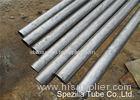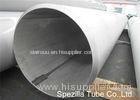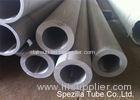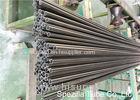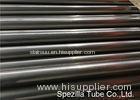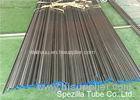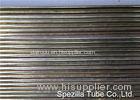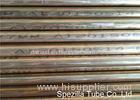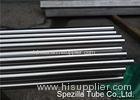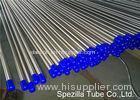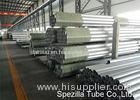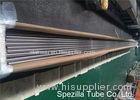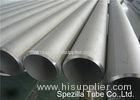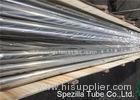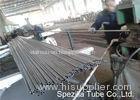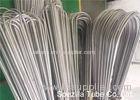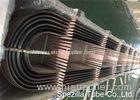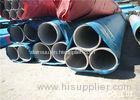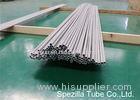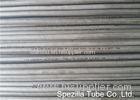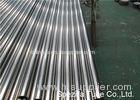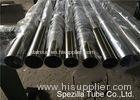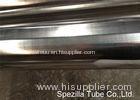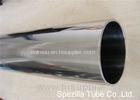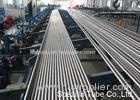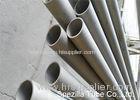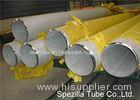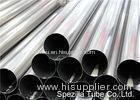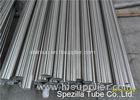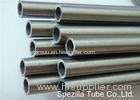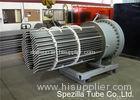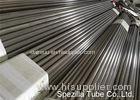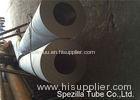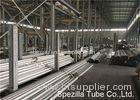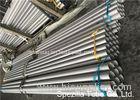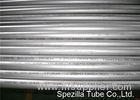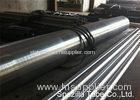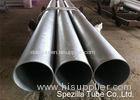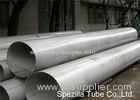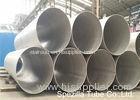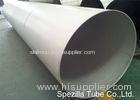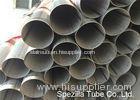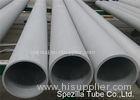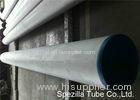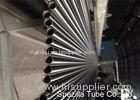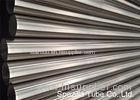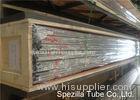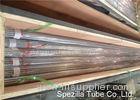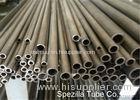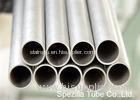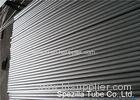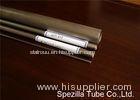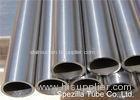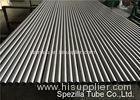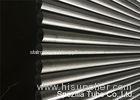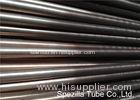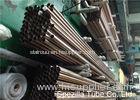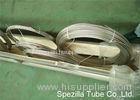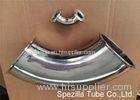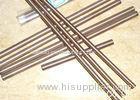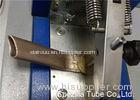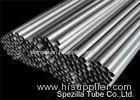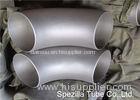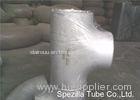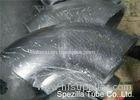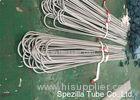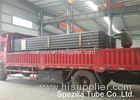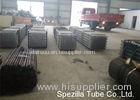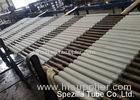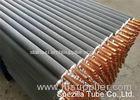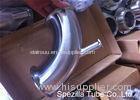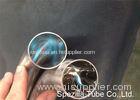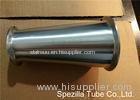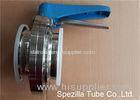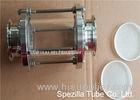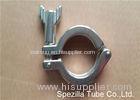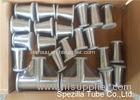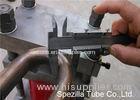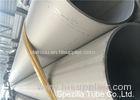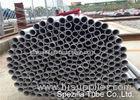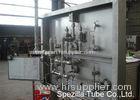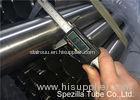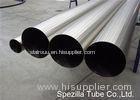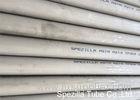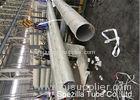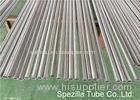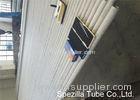|
SpezillaTubeCompanyLimited
|
ASME SB337 Seamless Round Tube Alloy Titanium Grade 9 UNS R56320
| Place of Origin: | Zhejiang, China (Mainland) |
|
|
|
| Add to My Favorites | |
| HiSupplier Escrow |
Product Detail
ASME SB337 Seamless Round Tube Alloy Titanium Grade 9 UNS R56320
<h4 style="text-align:justify
ASME SB337 Seamless Round Tube Alloy Titanium Grade 9 UNS R56320
Applications:
Honeycombs, bellows, tubing for hydraulic systems, golf club shafts, tennis racquets and bicycle frames.
Ti 3-2.5 / Grade 9 Description:
Titanium Alloy 3-2.5 (Grade 9) is a medium strength alloy with good weldability and fabricability for mildly reducing to mildly oxidizing media. It is a compromise between the facility of welding and manufacturing of the pure grades and the high strength of Grade 5. It has great corrosion resistance and can be used extensively in aerospace, chemical processing, medical, marine , automotive.
Chemistry Typical:
Titanium: Balance
Vanadium: 2.0-3.0
Aluminum: 2.5-3.5
Hydrogen: .015 max
Nitrogen: 0.03 max
Carbon: 0.10 max
Iron: 0.25 max
Residuals each 0.10 max, total 0.40 max
Physical Properties:
Density, 0.162 lbs/in³, 4.51 g/cm³
Thermal Conductivity: Btu/ft-h-°F (W/m-K):
At 68 °F (20°C) 4.8 (8.3)
Mean Coefficient of Thermal Expansion: µin/in°F, (µm/m°C)
68-203°F (20-95 °C) 5.34 (9.61)
Modulus of Elasticity: KSI (MPa)
14.0-15.0 x 10³ (95-105 x 10³) in tension
Magnetic Permeability: Nonmagnetic
Melting Point : 3100°F (1704°C)
TITANIUM BENEFITS
High strength,
High resistance to pitting, crevice corrosion resistance,
High resistance to stress corrosion cracking, corrosion fatigue and erosion,
Cold bending for complex piping bends without fittings or flanges,
High strength to weight ratio,
Weight saving possibilities,
Low modulus, high fracture toughness and fatigue resistance,
Suitability for coiling and laying on seabed,
Ability to withstand hot/dry and cold/wet acid gas loading,
Excellent resistance to corrosive and erosive action of high-temperature acid steam and brine,
Good workability and weldability.
TITANIUM CHEMICAL COMPOSITION
Palladium (Pd) and Ruthenium (Ru), Nickel (Ni) and Molybdenum (Mo) are elements which can be added to the pure titanium types in order to obtain a significant improvement of corrosion resistance particularly in slightly reducing environments where titanium otherwise might face some problems due to insufficient conditions for formation of the necessary protective oxide film on the metal surface. The formation of a stable and substantially inert protective oxide film on the surface is otherwise the secret behind the extraordinary corrosion resistance of titanium.
The mechanical properties of commercially pure titanium are in fact controlled by “alloying” to various levels of oxygen and nitrogen to obtain strength level varying between approximately 290 and 550 MPa. For higher strength levels alloying elements, e.g. Al and V have to be added. Ti 3AL 2.5V has a tensile strength of minimum 620 MPa in annealed condition and minimum 860 MPa in the as cold worked and stress relieved condition. The CP-titanium grades are nominally all alpha in structure, whereas many of the titanium alloys have a two phase alpha + beta structure. There are also titanium alloys with high alloying additions having an entire beta phase structure. While alpha alloys cannot be heat treated to increase strength, the addition of 2.5% copper would result in a material which responds to solution treatment and ageing in a similar way to aluminum-copper.
TITANIUM DENSITY
Titanium is more then 46% lighter than steel. For comparative analysis, aluminum is approximately 0.12 lbs/cu.in, Steel is approximately 0

